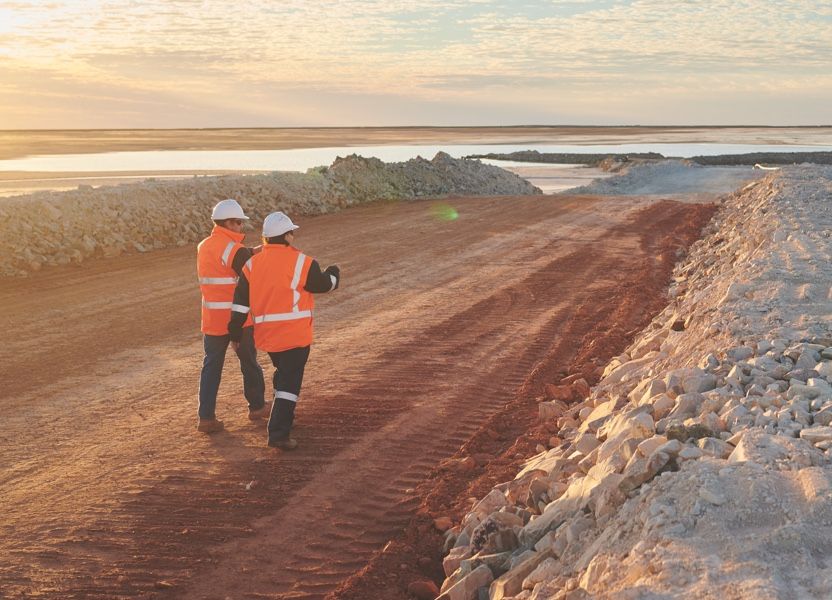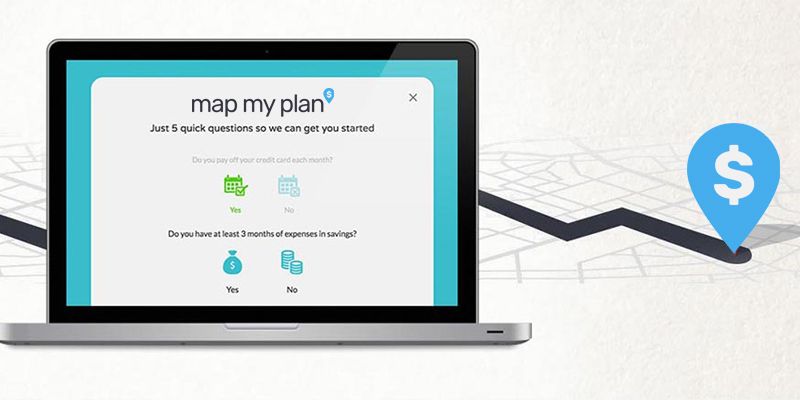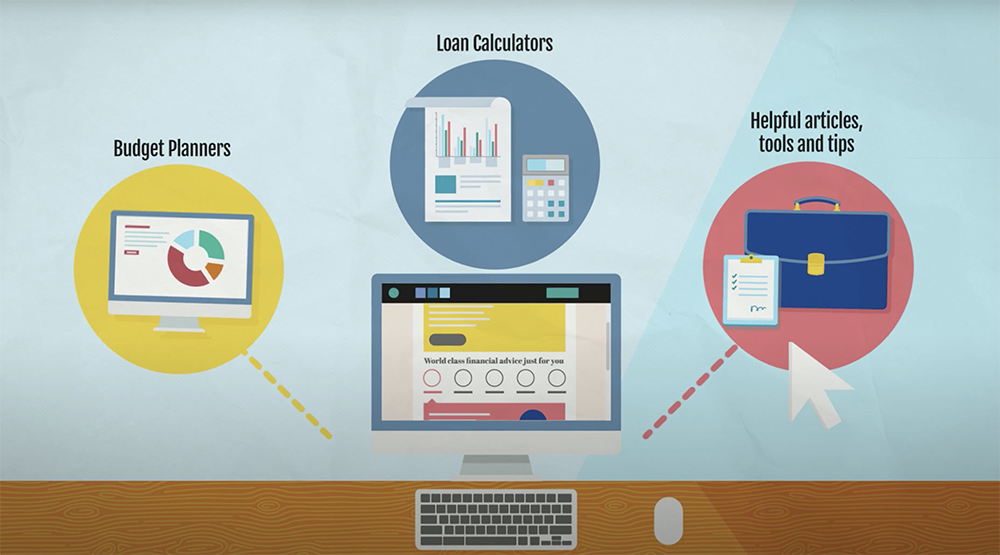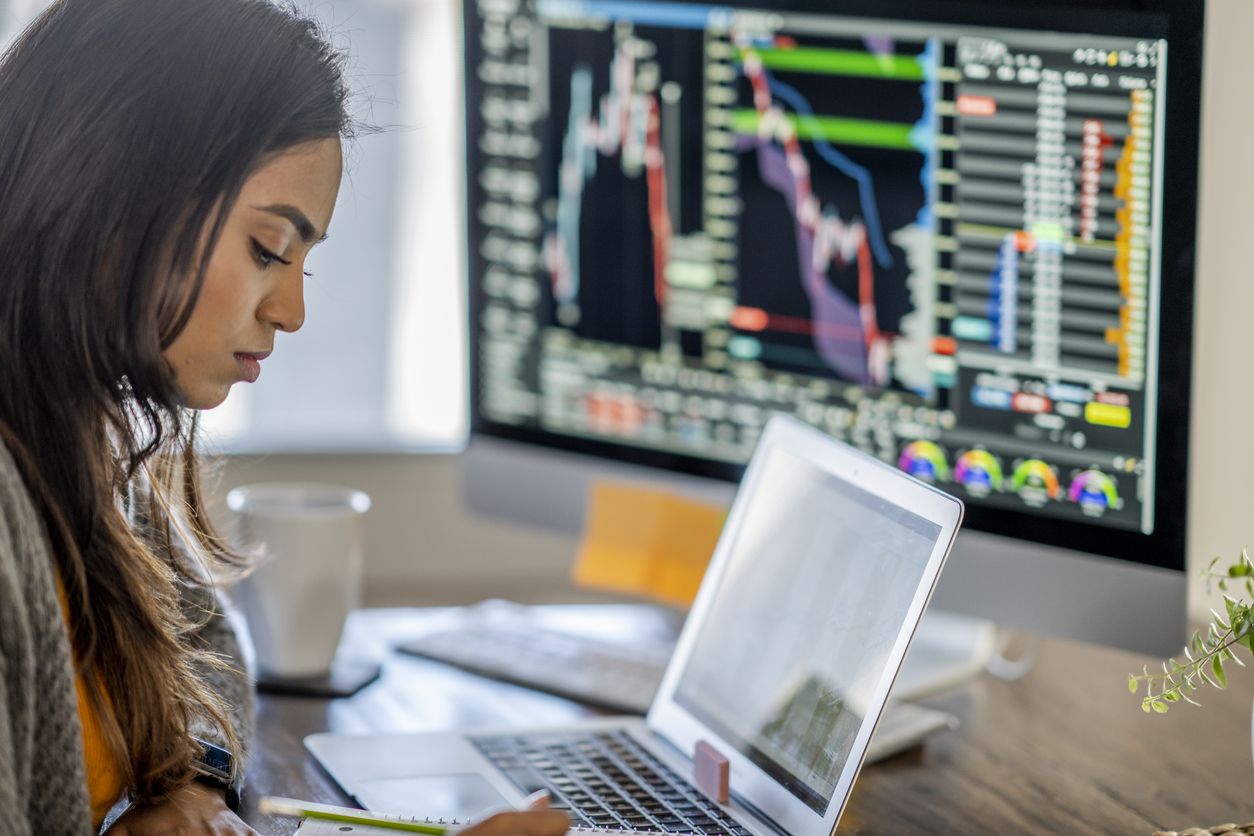
Why gold glitters during a volatile market and how you can invest
Throughout history, investors have flocked to gold as a safe haven in times of financial volatility and risk. With the gold price on the increase, that same pattern is being repeated today, amid the economic turmoil of the Covid-19 pandemic disruptions.
In recent weeks, it appears that global optimism that the pandemic was coming under control may have been misplaced. This has added new momentum to the gold price as investors look for defensive assets.
A look at the chart for the gold price shows a steady rise over the last year, almost the inverse of what has happened to many other assets as interest rates and dividends have slumped.
From US$1394 per ounce in July 2019, gold is now at US$1771 per ounce, a rise of 27 percent in one year.
That sounds attractive, given what else is going on in the market, but the issue is how can a retail investor get in on this new gold rush?
In days gone by, you might be able to rush to the bazaar and stock up on the precious metal and take it back to your vault, making sure you had a good padlock or some heavily armed retainers.
Today, however, that is barely practical, even though Australia is one of the world’s major producers of gold and also a significant exporter.
The best way to invest and track the gold price is through an Exchange Traded Fund or ETF, a type of synthetic product which has exploded in use throughout the world over the last decade.
ETF’s allow you to track the gold price with your investment without actually holding any physical gold, which is held elsewhere.
In theory, if you had put US$1000 into a gold ETF a year about, it would now be worth US$1270. The rally since March 2020 has been just above 17 percent.
The BetaShares Gold Bullion ETF is listed on the ASX and is the only hedged gold ETF solution in Australian dollars on the ASX.
It is physically backed by gold bullion held in a vault with JP Morgan in London, and over the 12 months to April 2020 the returns were 28.5 percent.
Another way of gaining exposure to gold is through purchasing shares in gold miners, and the ASX has a large gold sector.
Bloomberg reported at the end of May that gold miners in Australia are ramping up production, with Australia set to leapfrog China in 2021 as the world’ s largest producer.
This indicates that the world is on the cusp of a boom in gold production, and while that is a predictor of demand this won’t necessarily translate into higher prices – if supply is too high – or if the companies have some other issues beyond the gold price.
The reality is that although these companies mine gold, their share prices are not always a perfect reflection of the global gold price.
A look at the chart for shares in major Australian gold miner Newcrest bears this out.
As we go into July, the shares are traveling at A$31.50 or so each. If you had bought them in March, you would have paid A$22.37 per share, but a year ago – in August 2019 – the shares were at A$38.62.
So in reality Newcrest shares were a good buy if you got in a month ago, but not so good if you purchased a year ago.
And remember that over the same one year period the gold price has increased 27 percent.
So all is glitters is not gold, even if it is a share in a gold mining company.
The gold price is also subject to volatility and fluctuation, but ETF’s present as a more accurate way to track the price of the world’s most precious metal.


























